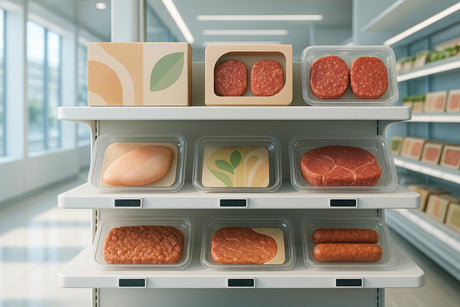Understanding the Environmental Impact of Meat Choices
Making sustainable food choices is more important than ever, especially when it comes to meat consumption. The way we produce protein has a huge effect on the planet, from greenhouse gas emissions to water and land use. Tools that compare the environmental footprint of different options can shine a light on better paths forward.
Why Compare Cultivated and Traditional Meat?
Lab-grown or cultivated protein offers a promising alternative to conventional livestock farming. By looking at metrics like CO2 output per kilogram, we can see how this innovative approach often requires fewer resources. It’s not just about emissions—factors like water consumption and deforestation for pastureland also play a big role in the broader sustainability picture.
Making Informed Decisions
Whether you’re a curious consumer or a food industry professional, understanding these differences empowers you to reduce your ecological impact. Swapping even a portion of traditional meat for more sustainable alternatives can add up over time. Beyond personal choices, this knowledge fuels conversations about how we can reshape food systems for a healthier planet. Explore the data, see the numbers for yourself, and take a small step toward a greener future.
FAQs
How accurate are the carbon footprint numbers in this tool?
We pull our data from peer-reviewed studies and industry reports on cultivated and traditional meat production. While exact numbers can vary based on specific farming or lab practices, we use averages that reflect the most current research. Think of these as reliable estimates to guide your decisions, not absolute values.
Why does cultivated meat often have a lower carbon footprint?
Cultivated meat is grown in controlled environments, which cuts down on the massive resources needed for traditional livestock farming—like land for grazing or feed crops. It also skips much of the methane emissions from animals. That said, energy use in labs can still add up, but it’s often far less than conventional methods overall.
What if I enter an unrealistic amount of meat to compare?
No worries! If you input something way out of range—like a million kilograms—we’ll show an error message and suggest a more realistic value. We’ve also got default settings to fall back on if you skip a field. The goal is to keep things user-friendly and helpful, even if you’re just testing the waters.













